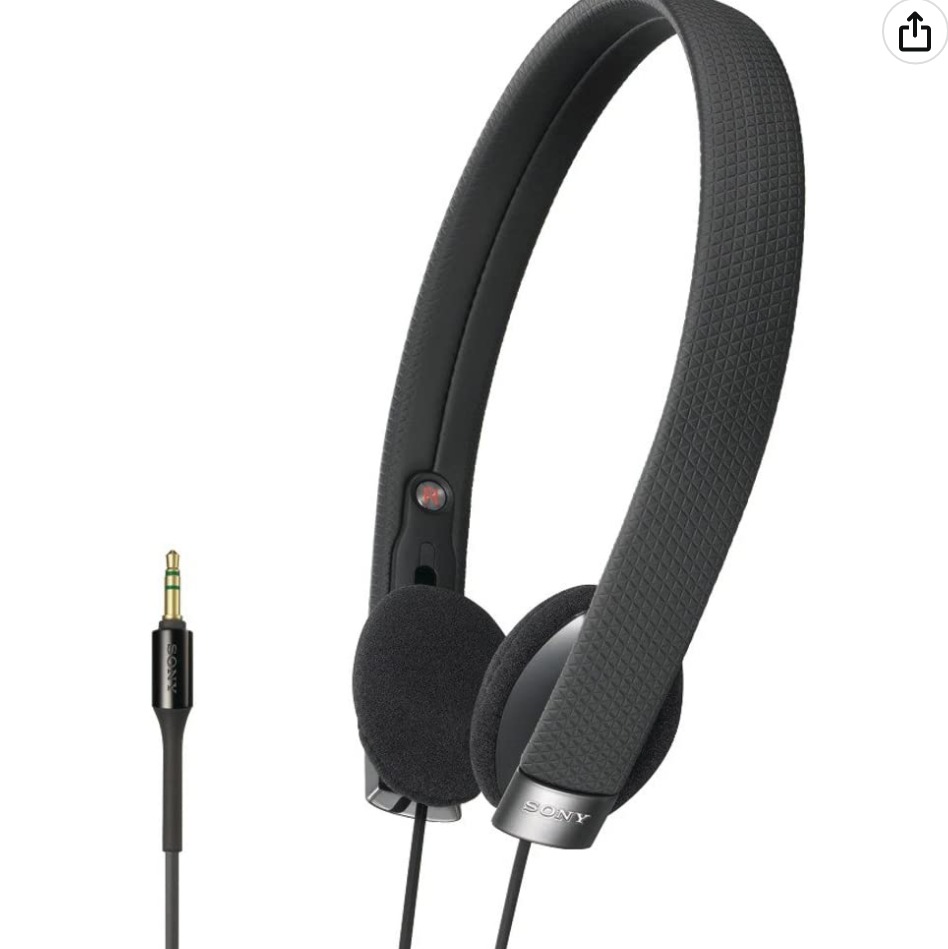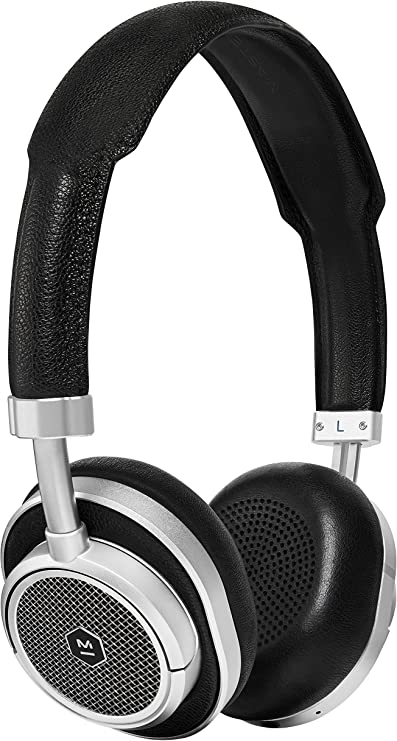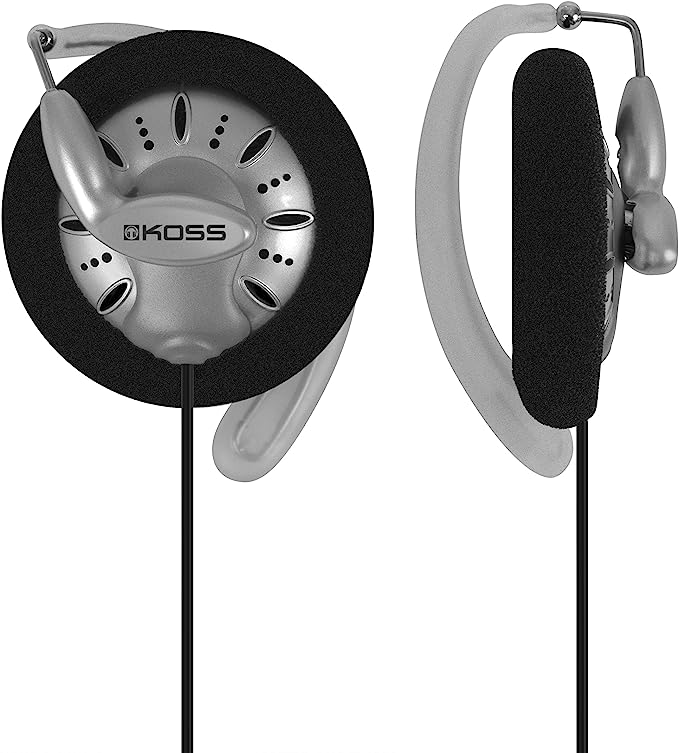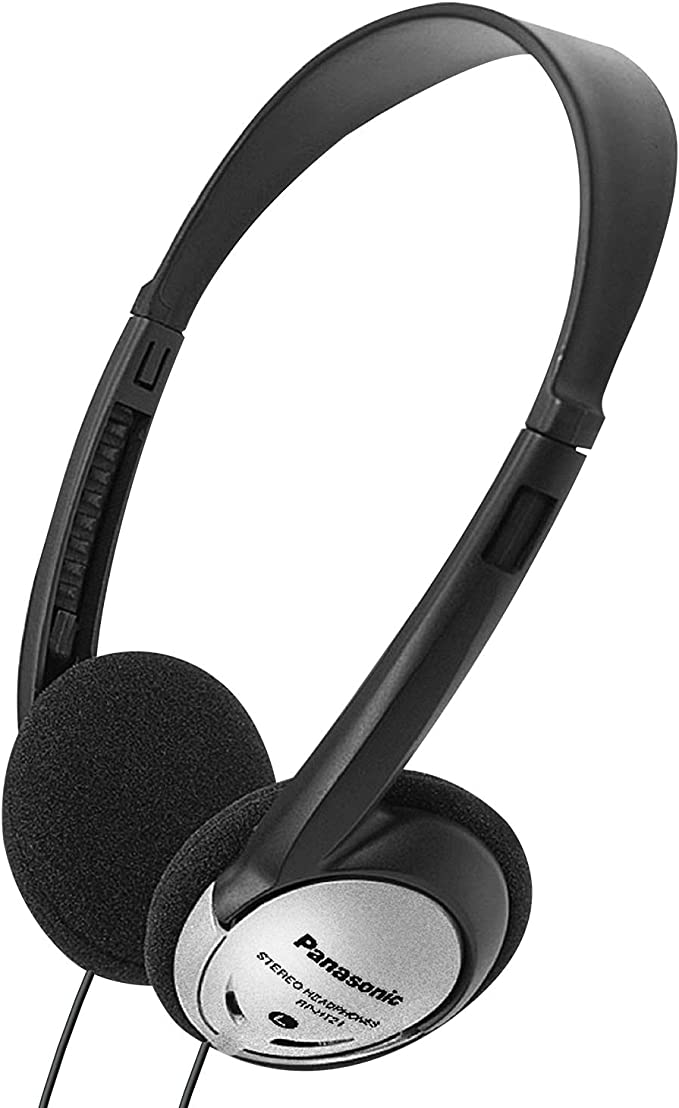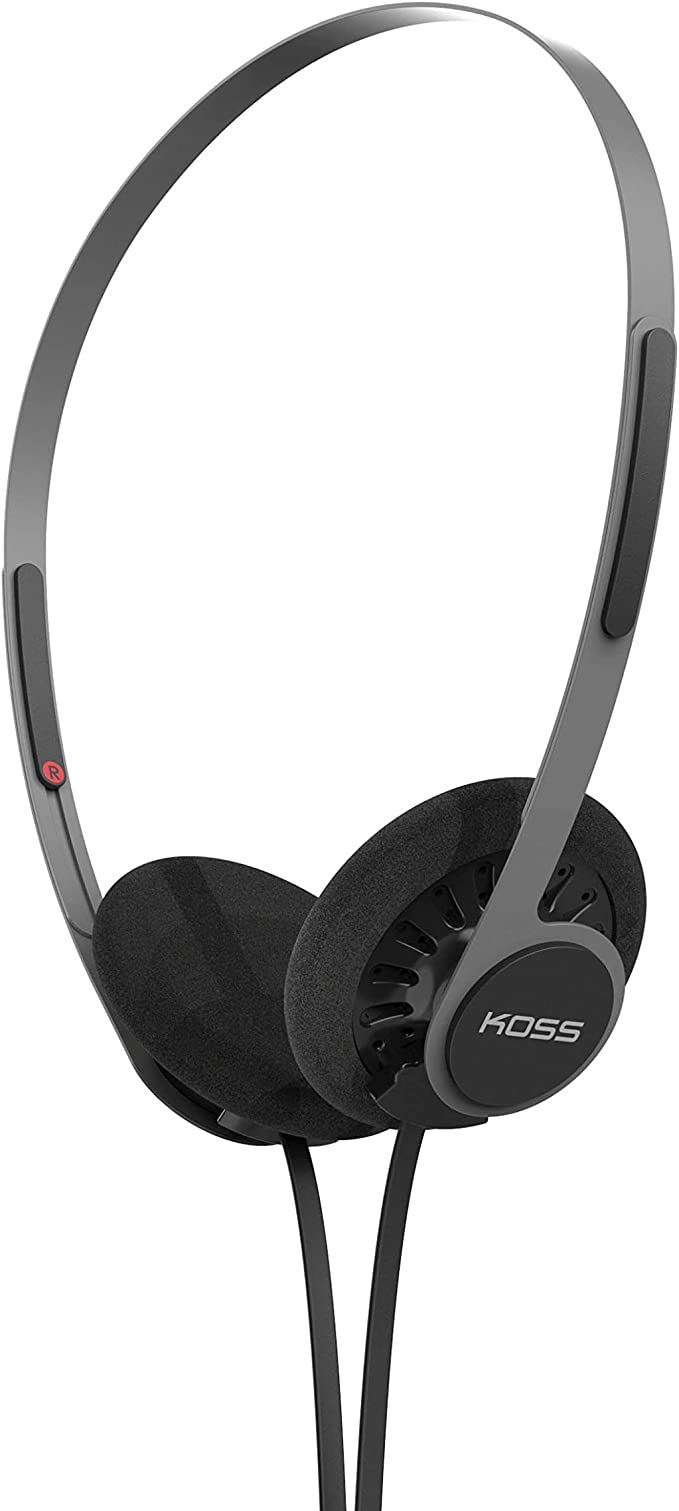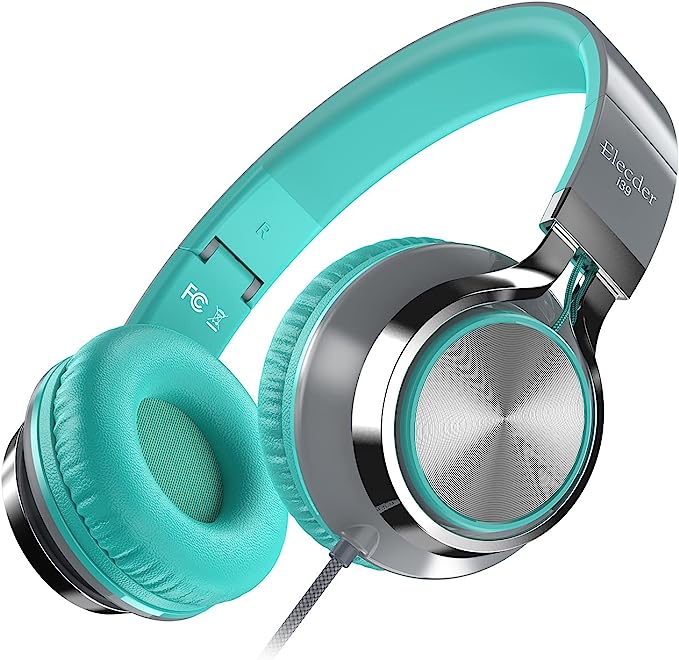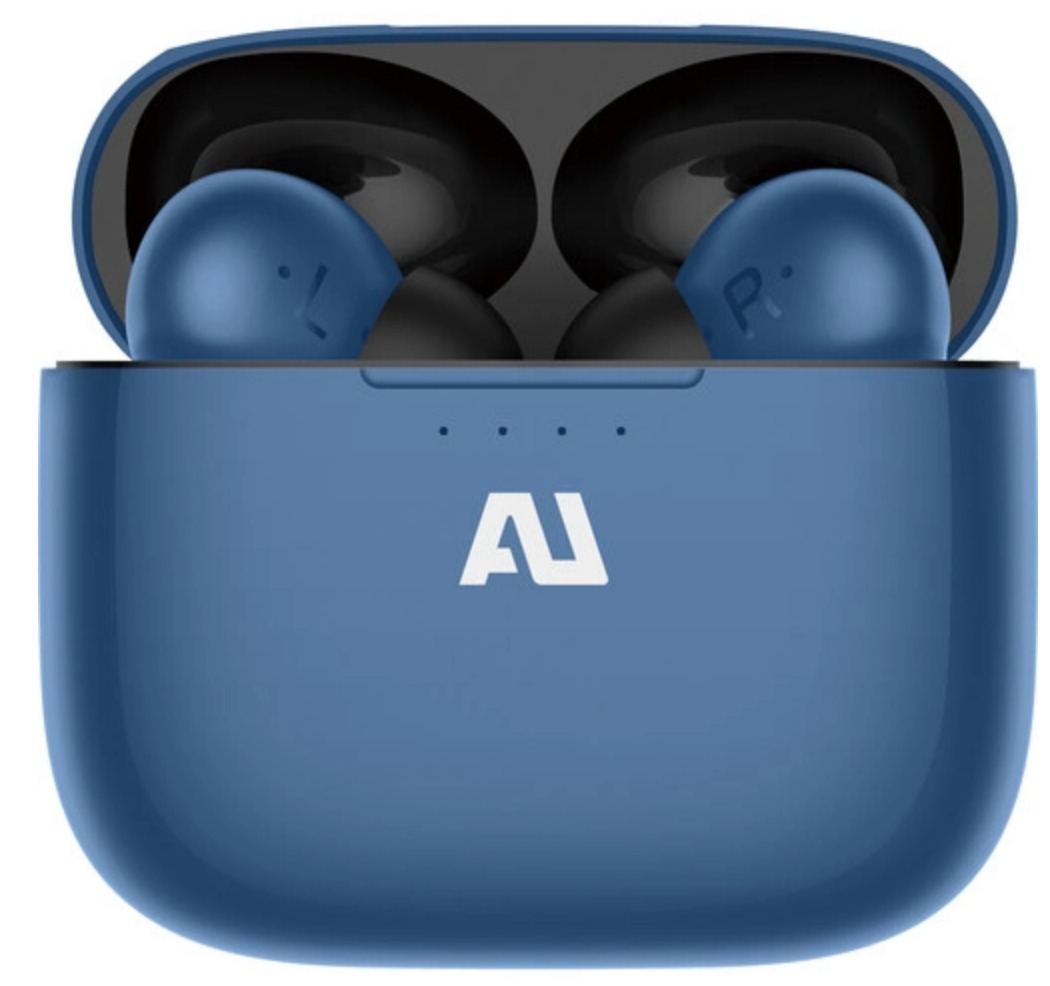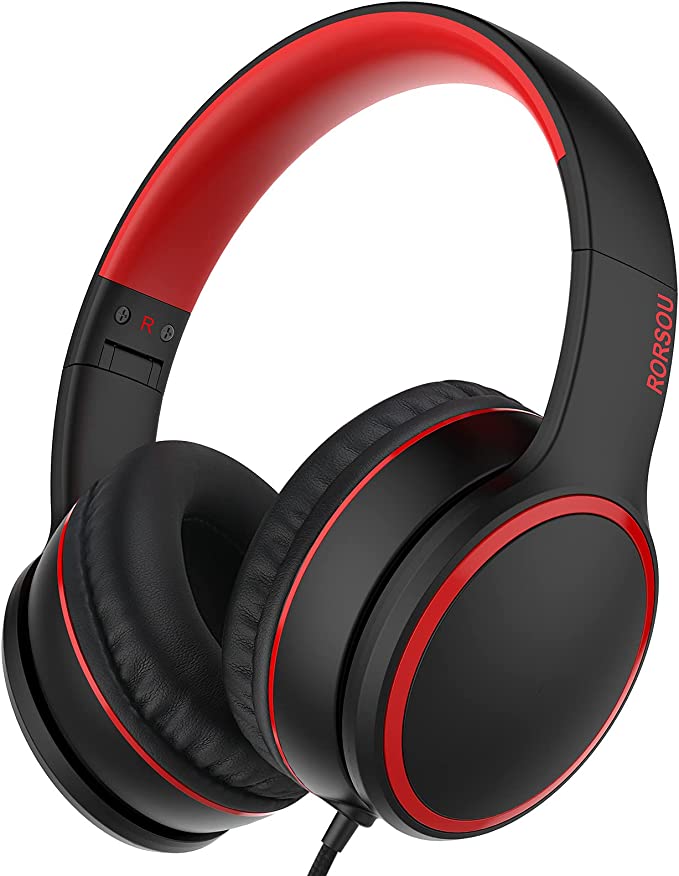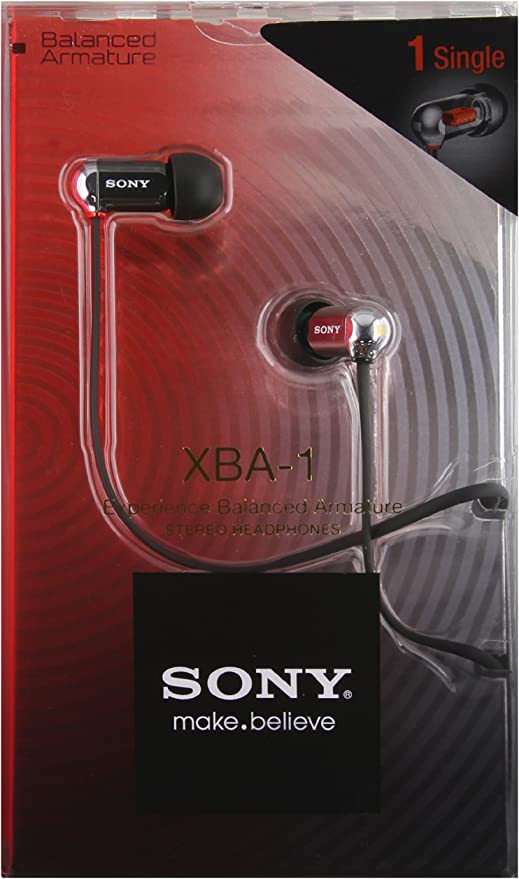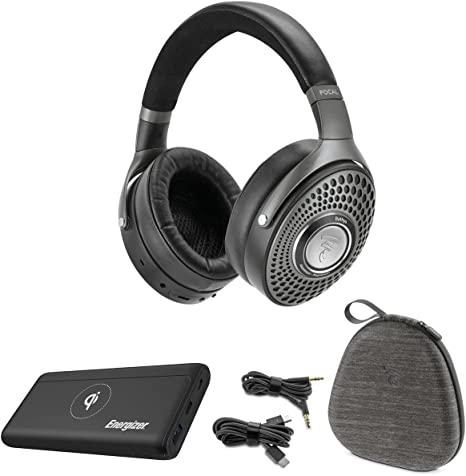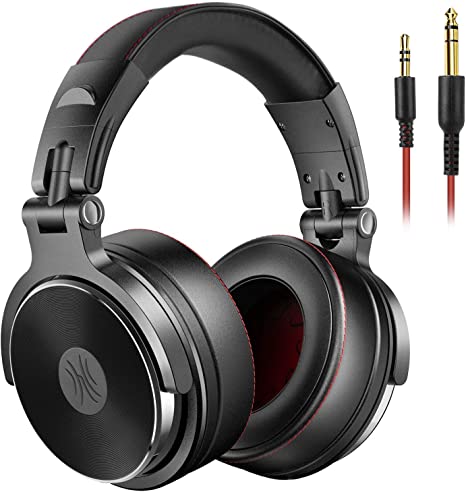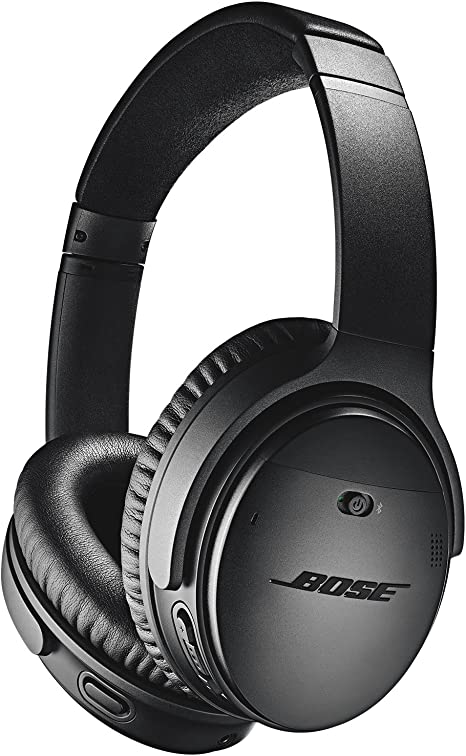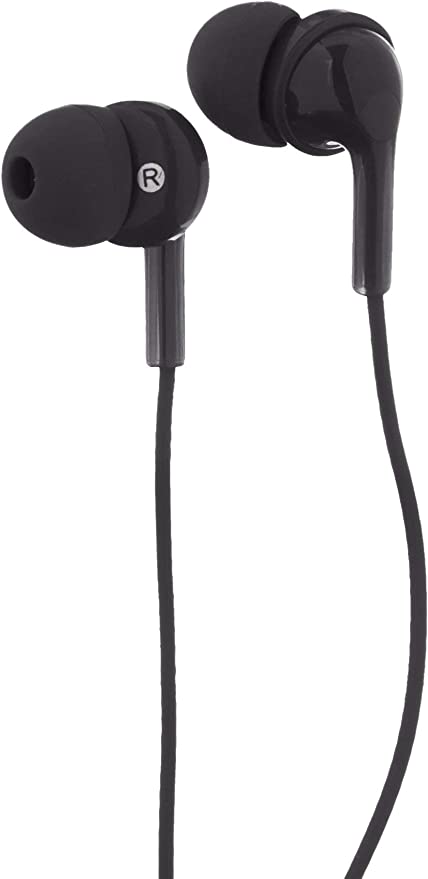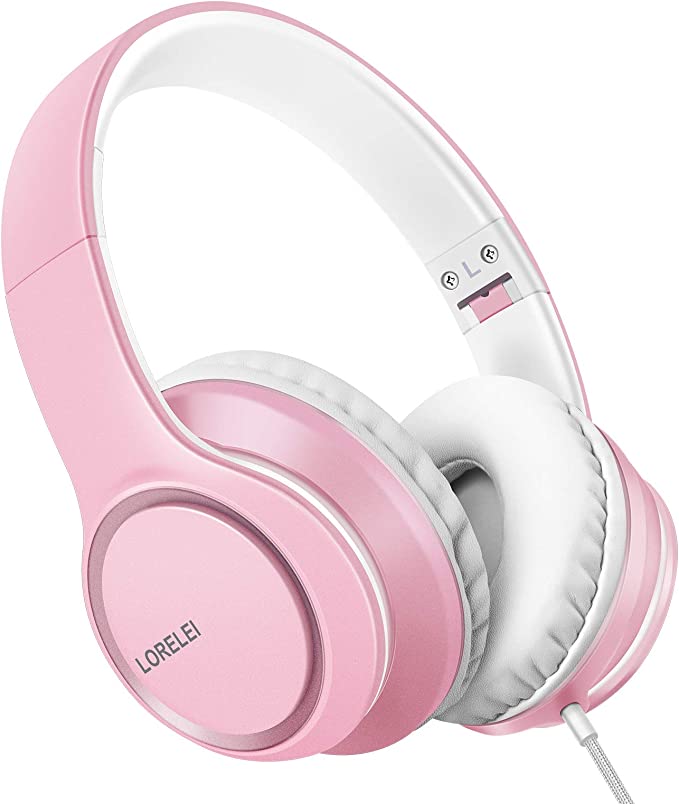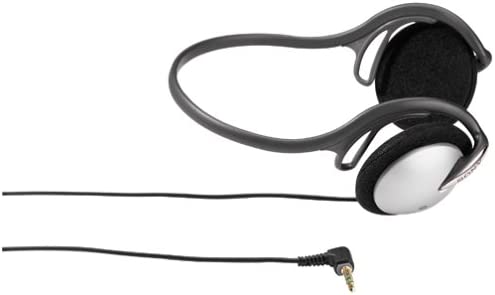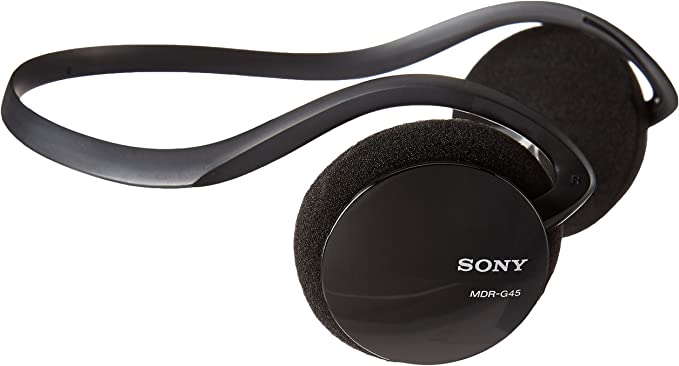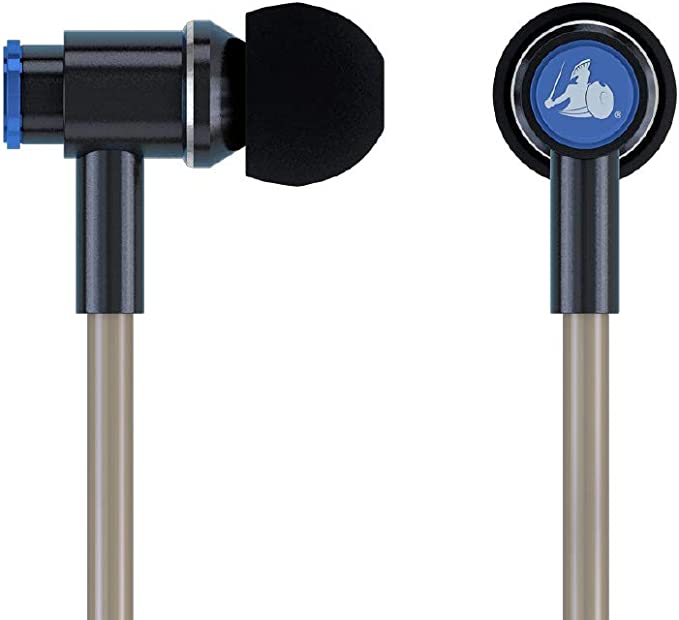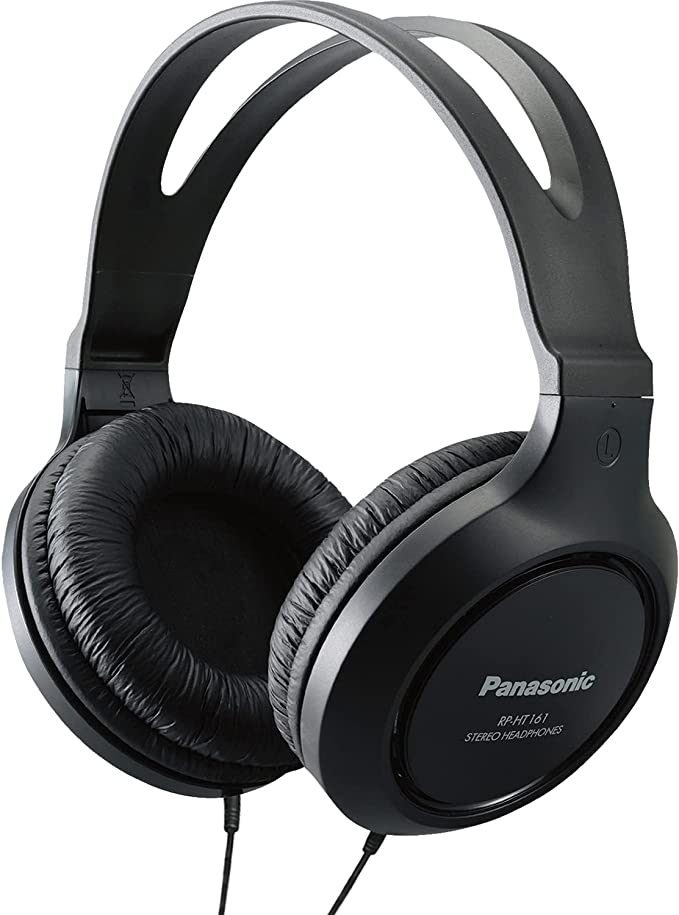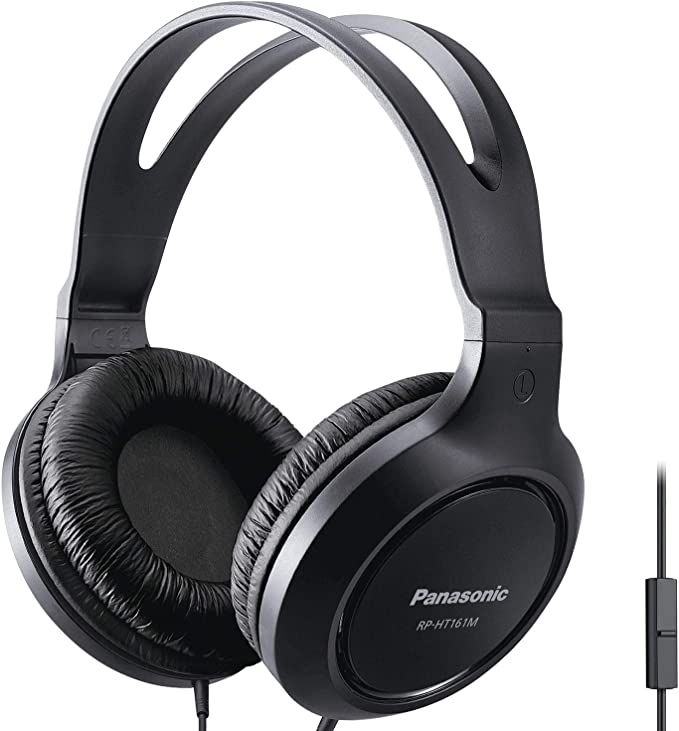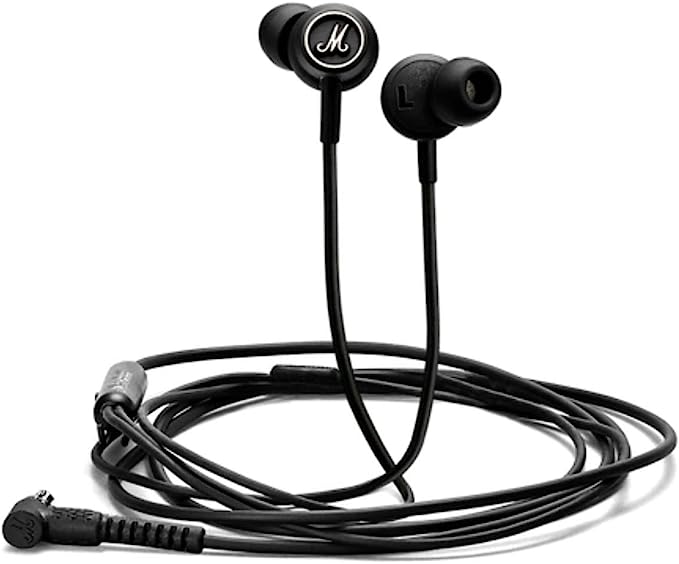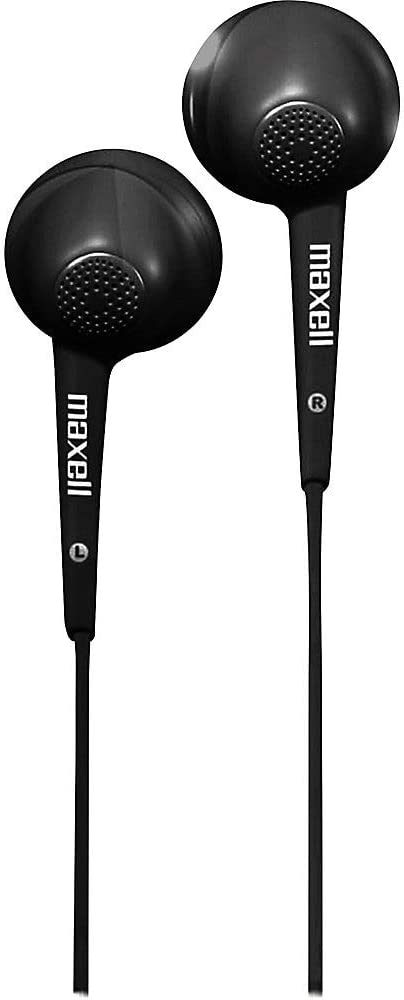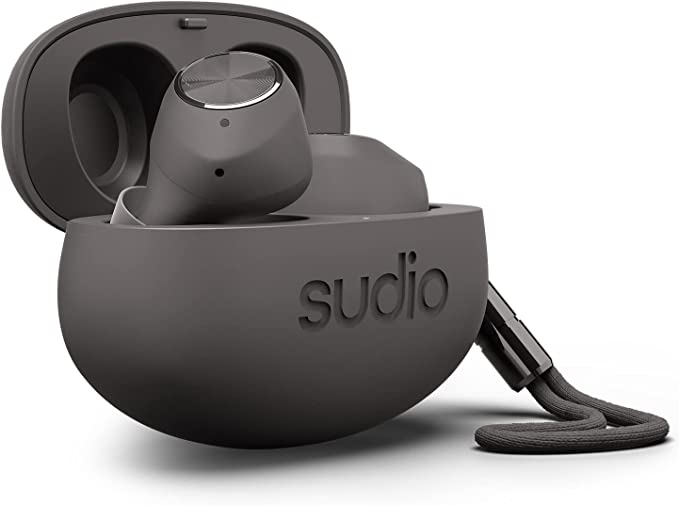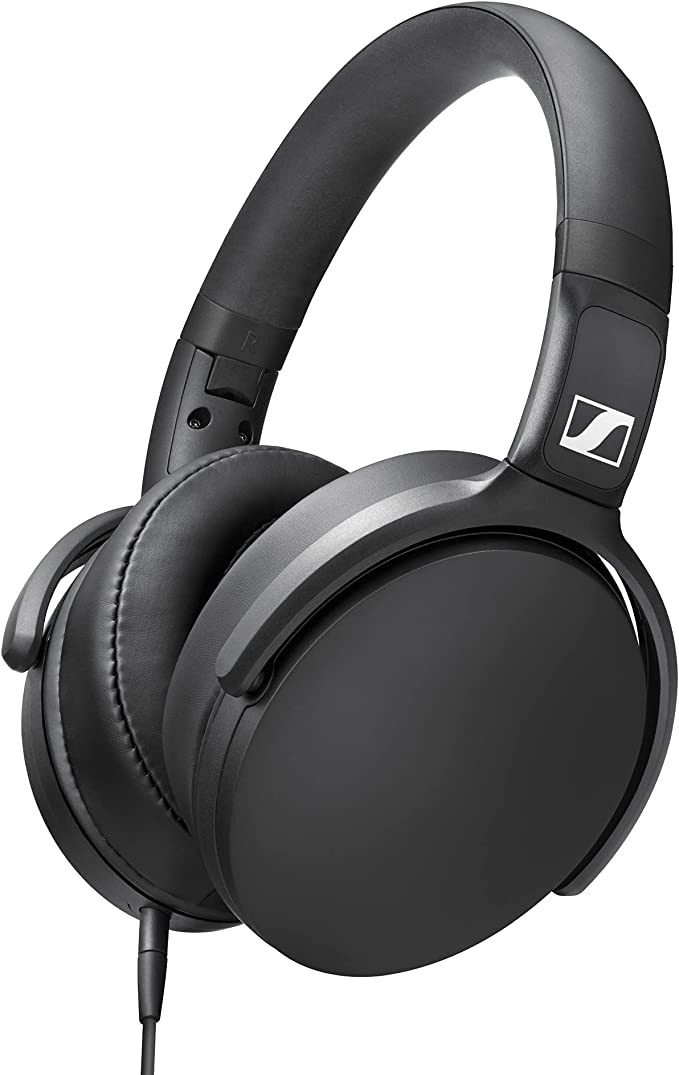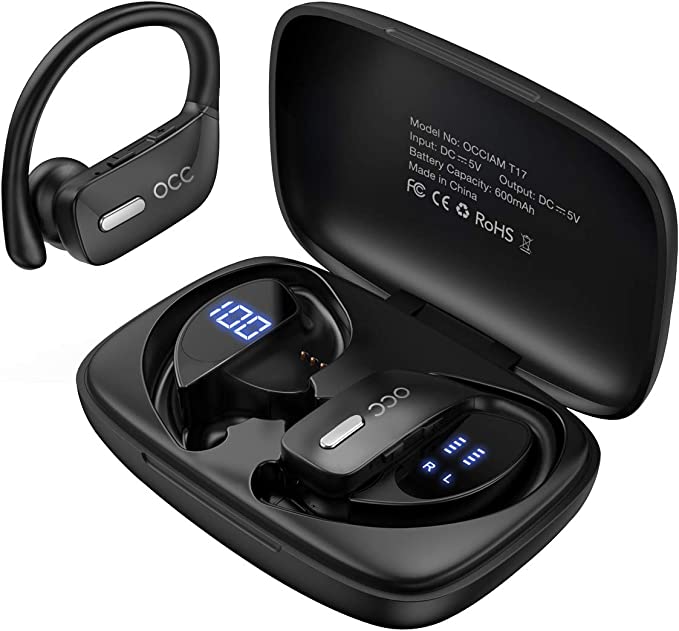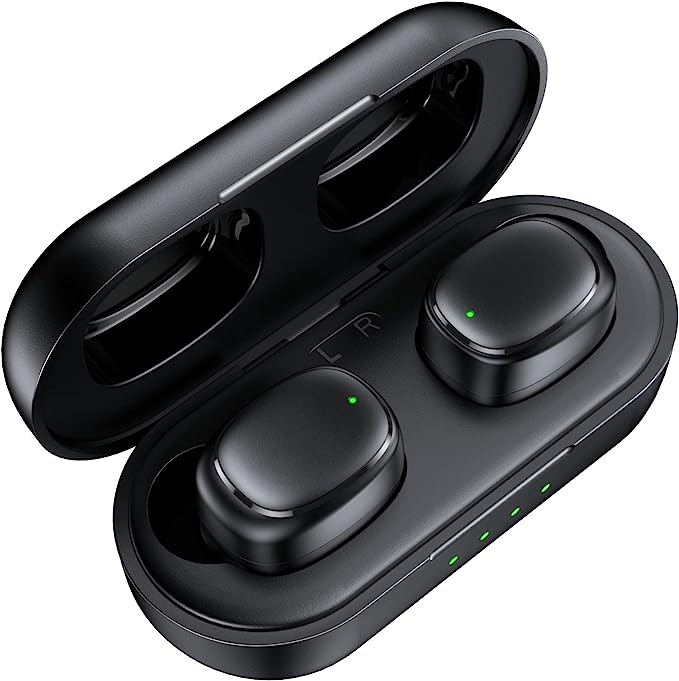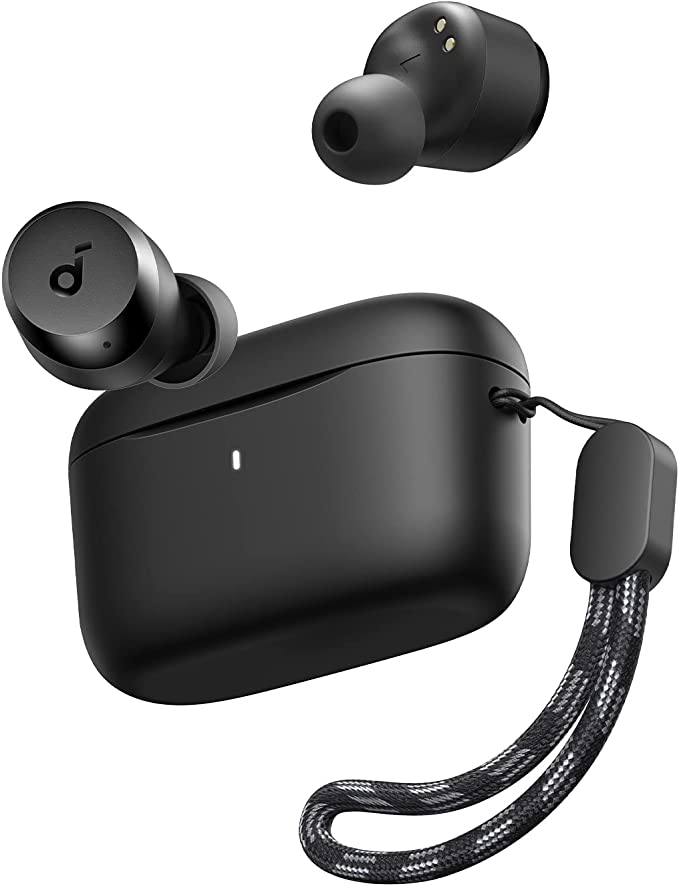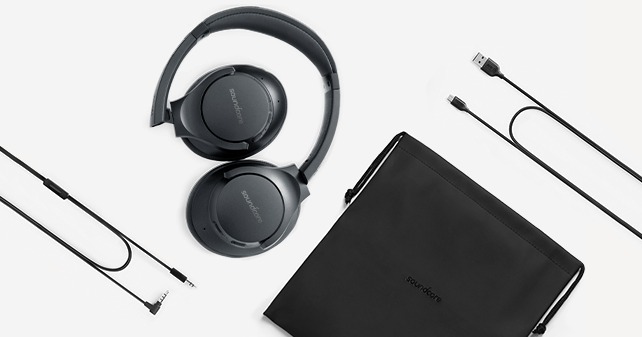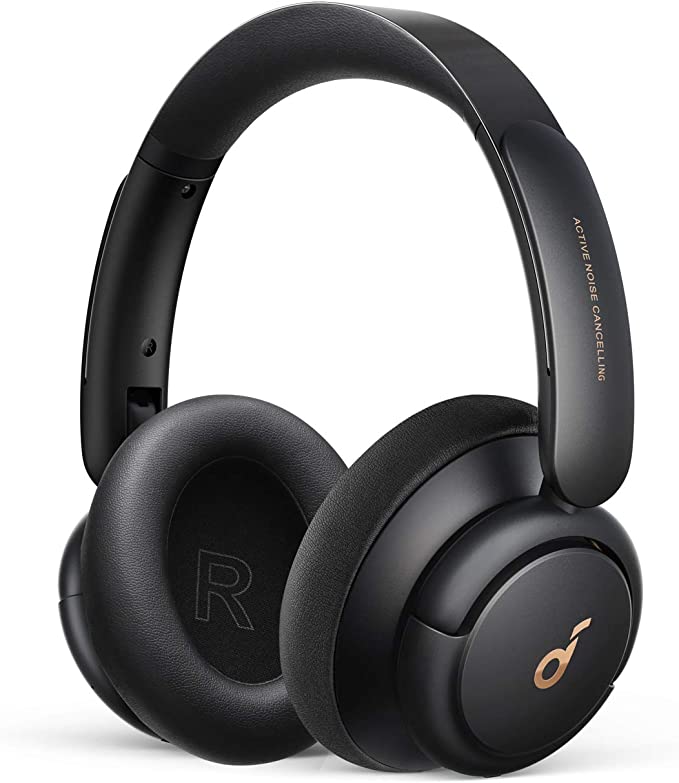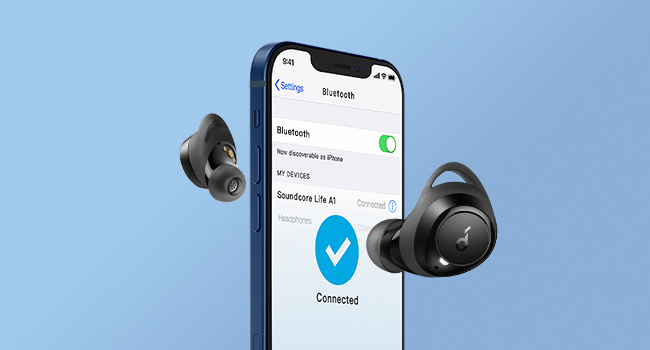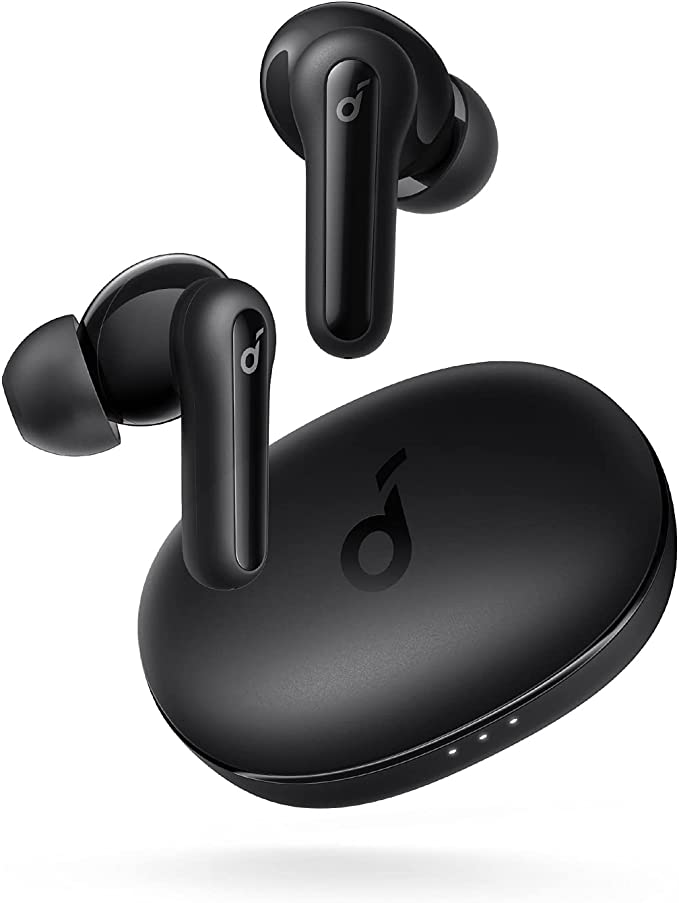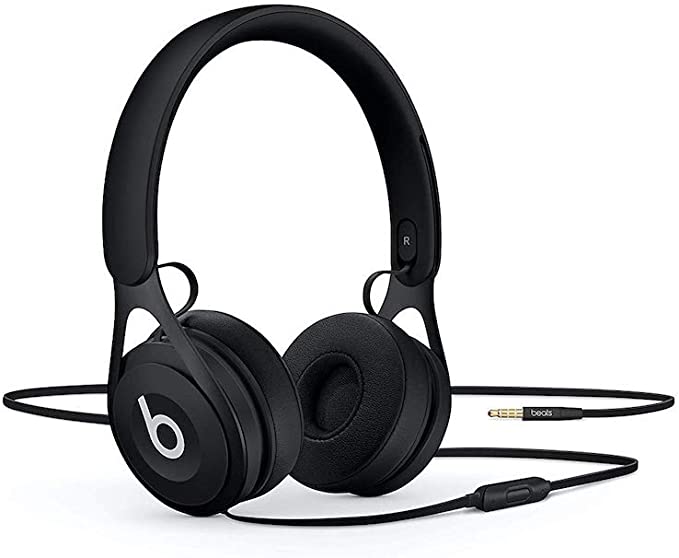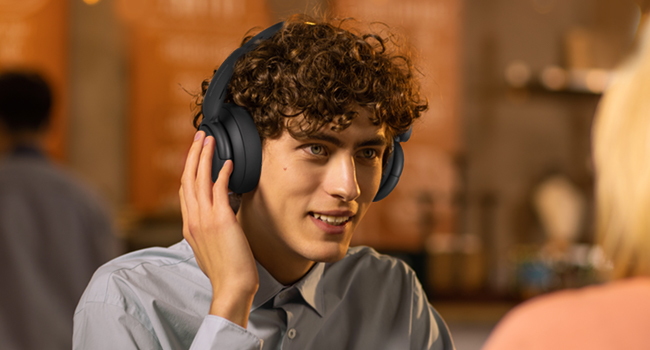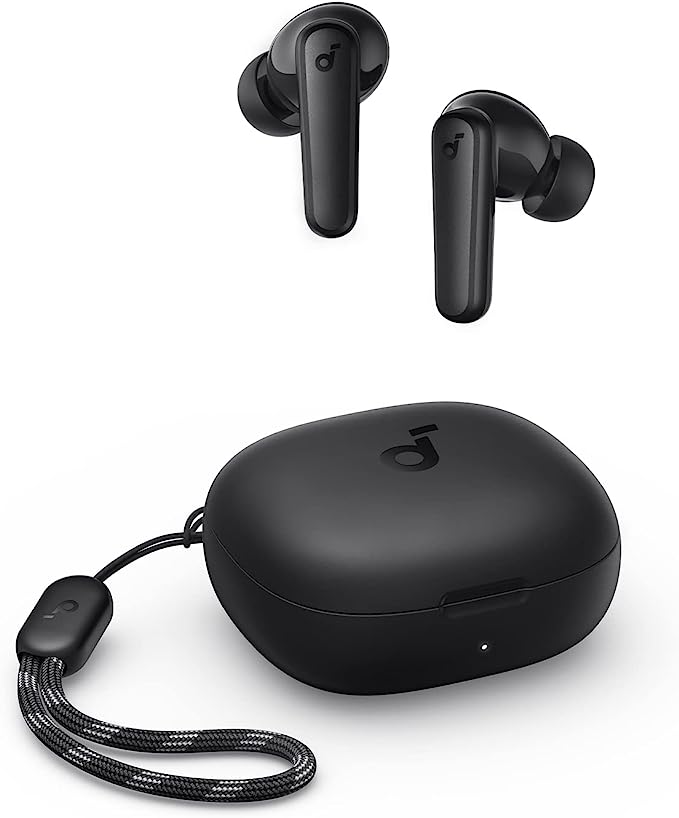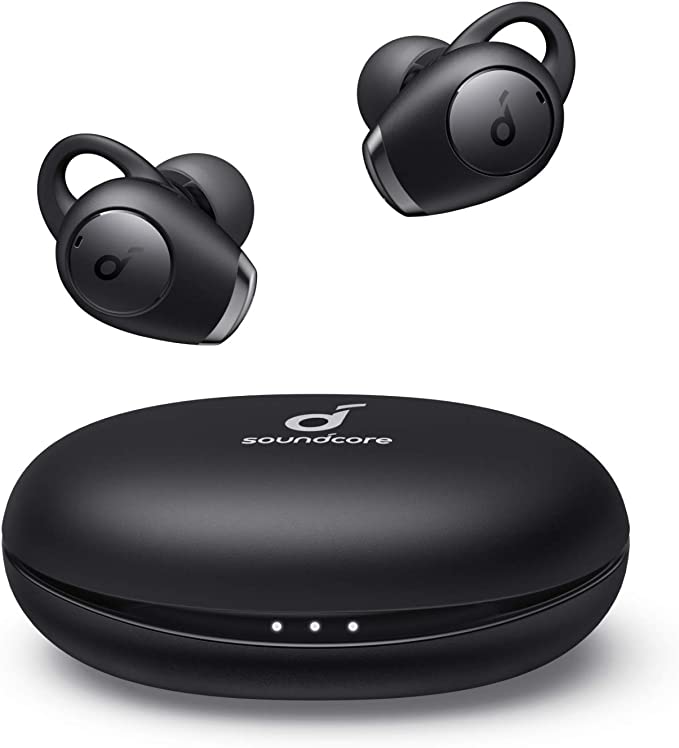Koss KPH7 Headphones: Affordable, Lightweight, and Classic Sound
Update on March 21, 2025, 1:20 p.m.
Remember those classic headphones from the 80s and 90s? The ones that came with your Walkman or portable CD player? Well, the Koss KPH7 is a direct descendant of that era, a headphone that embodies simplicity, functionality, and surprisingly good sound, all at a price that won’t make you wince. It’s a refreshing reminder that you don’t need to spend a fortune to enjoy your music on the go.

Featherlight Friend: Comfort and Portability
The first thing you’ll notice about the KPH7 is how incredibly light it is. We’re talking a mere 0.15 pounds (around 68 grams) – you might even forget you’re wearing them! This makes them ideal for those long commutes, study sessions, or just relaxing at home. The headband is adjustable, ensuring a snug but not overly tight fit, and the soft foam ear cushions rest gently on your ears, rather than cupping them completely.
Think of it this way: imagine you’re wearing a pair of lightweight sunglasses. You can feel them, but they’re not intrusive. That’s the KPH7 experience. You can wear them for hours without feeling that uncomfortable pressure that some bulkier headphones create. One user perfectly captured this sentiment: “They are light weight, comfortable, more durable than in-ear phones…I’m okay with sacrificing some sound quality to get more airy, open-ness.” This perfectly highlights the trade-off – a slight concession in absolute sonic fidelity for a significant gain in long-term comfort.
Open-Back Magic: What Does It Really Mean?
The KPH7 features an “open-back” design. Now, what does that actually mean? Most headphones you see these days are “closed-back,” meaning the earcups are sealed, isolating you from the outside world. This is great for noisy environments like airplanes or busy streets.
But open-back headphones, like the KPH7, are different. The earcups have openings, allowing air and sound to flow freely in both directions. Imagine the difference between sitting in a small, enclosed room and sitting on a breezy porch. In the enclosed room, sounds bounce off the walls, creating a more confined, sometimes boomy sound. On the porch, the sound dissipates naturally, creating a more open and spacious feel.
That’s the essence of open-back headphones. They tend to produce a wider, more natural soundstage – the perceived space where the music is playing. It’s like the difference between listening to a band in a small club versus hearing them in an open-air concert. The music feels less “in your head” and more “around you.” One reviewer described it as: “There isn,t any Mega- Bass but rather a nice beat without Boom Boom.Particularly pleasing to older ears!” This highlights the lack of overly emphasized bass, which is characteristic of many closed-back designs.
Of course, there’s a trade-off. Open-back headphones leak sound. People around you will be able to hear what you’re listening to, and you’ll also be more aware of your surroundings. This makes them less ideal for very noisy environments or situations where you need complete privacy. But, if you’re in a relatively quiet setting, or if you want to be aware of your surroundings (like when walking or jogging), open-back headphones can be a fantastic choice.

The Numbers Game: Frequency Response, Impedance, and You
Let’s get a little technical, but don’t worry, I’ll keep it simple! Two key specifications you’ll often see with headphones are frequency response and impedance.
-
Frequency Response (80-18,000 Hz): This refers to the range of sound frequencies the headphones can reproduce, from the lowest bass rumble to the highest treble shimmer. The human ear can typically hear frequencies from about 20 Hz to 20,000 Hz, so the KPH7’s range (80-18,000 Hz) covers most of that spectrum.
Think of it like a piano keyboard. Each key represents a different frequency. The KPH7 can play most of the notes on that keyboard, from the low notes on the left to the high notes on the right. While it might not reproduce the very lowest sub-bass frequencies (the ones you feel more than hear), it provides a balanced and clear representation of most musical instruments and vocals.
-
Impedance (32 Ohms): Impedance is a measure of how much resistance the headphones offer to the electrical signal from your audio device (like your phone or laptop). Lower impedance headphones (like the KPH7’s 32 Ohms) are easier to “drive.” This means they require less power to reach a comfortable listening volume.
Imagine pushing a shopping cart. A light cart (low impedance) is easy to push, even with a small effort. A heavy cart (high impedance) requires more force. The KPH7 is like a light shopping cart – your phone or laptop can easily “push” it to produce plenty of sound. This is a crucial advantage for portable headphones, as you don’t want to drain your device’s battery quickly.
-
Sensitivity(91 dB SPL): Imagine you have two cars. Both cars are traveling at the same speed, but one car has a more powerful engine. The car with the more powerful engine will be able to accelerate faster and reach a higher top speed. Similarly, two headphones might have the same impedance, but the one with higher sensitivity will be able to produce a louder sound at the same power level.
91dB is not very high, but it’s more than enough for normal use, in most cases.

Koss: A Legacy of Sound Innovation
The Koss name isn’t just a brand; it’s a piece of audio history. In 1958, John C. Koss invented the world’s first stereo headphones, the SP/3. Before that, headphones were primarily used for communication, not for enjoying music. Koss changed the game, allowing people to experience music in a whole new way – privately and in immersive stereo sound.
The KPH7 is a direct descendant of that pioneering spirit. It’s a reminder that innovation doesn’t always mean complexity. Sometimes, it means stripping away the unnecessary and focusing on the essentials: good sound, comfort, and affordability.

Sound Value: Why the KPH7 Punches Above Its Weight
Let’s be honest: the KPH7 isn’t going to compete with high-end audiophile headphones costing hundreds or even thousands of dollars. But that’s not the point. The KPH7 offers exceptional value for its price. It’s a perfect example of “bang for your buck.”

For students, commuters, or anyone on a budget, the KPH7 provides a significant upgrade over basic earbuds or cheap headphones. It’s also a great option for those who prefer the open and airy sound of open-back headphones but don’t want to spend a fortune. And, because it’s so lightweight and comfortable, it’s a headphone you can actually wear for hours without fatigue. As many happy customers have attested, it’s a reliable, enjoyable, and surprisingly capable little headphone. It’s the kind of headphone you can toss in your bag without worrying too much about it, knowing it’ll be there to deliver your tunes whenever you need them.
The KPH7 proves that great sound doesn’t have to be expensive. It’s a testament to the power of simple, well-executed design.

